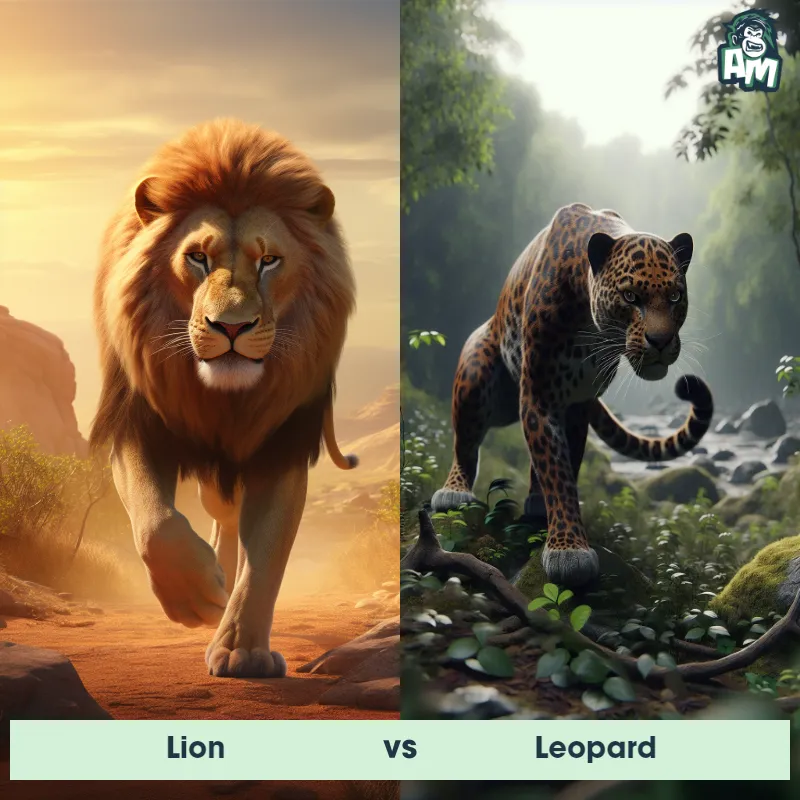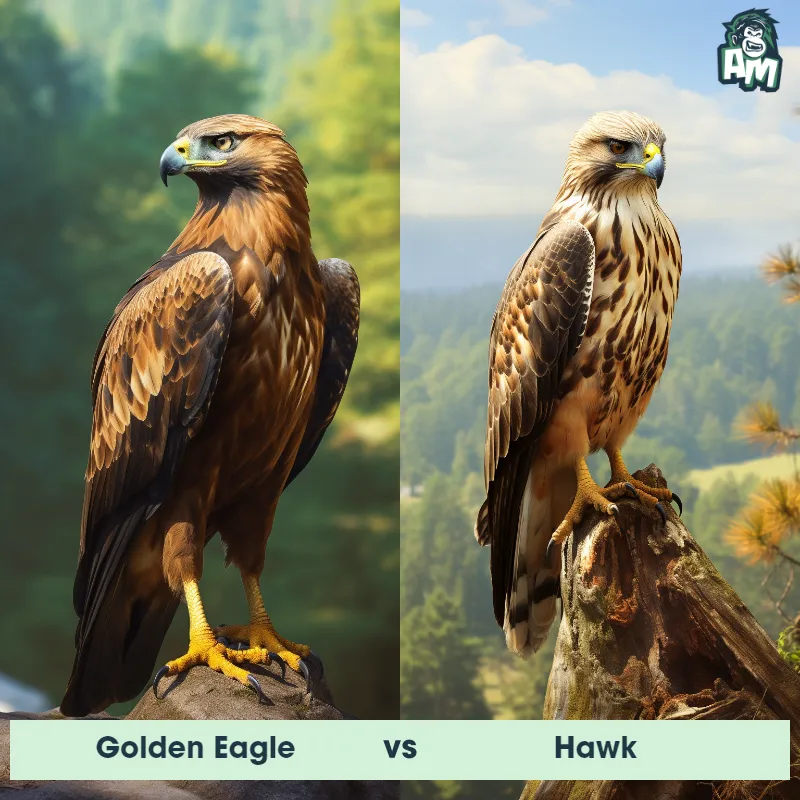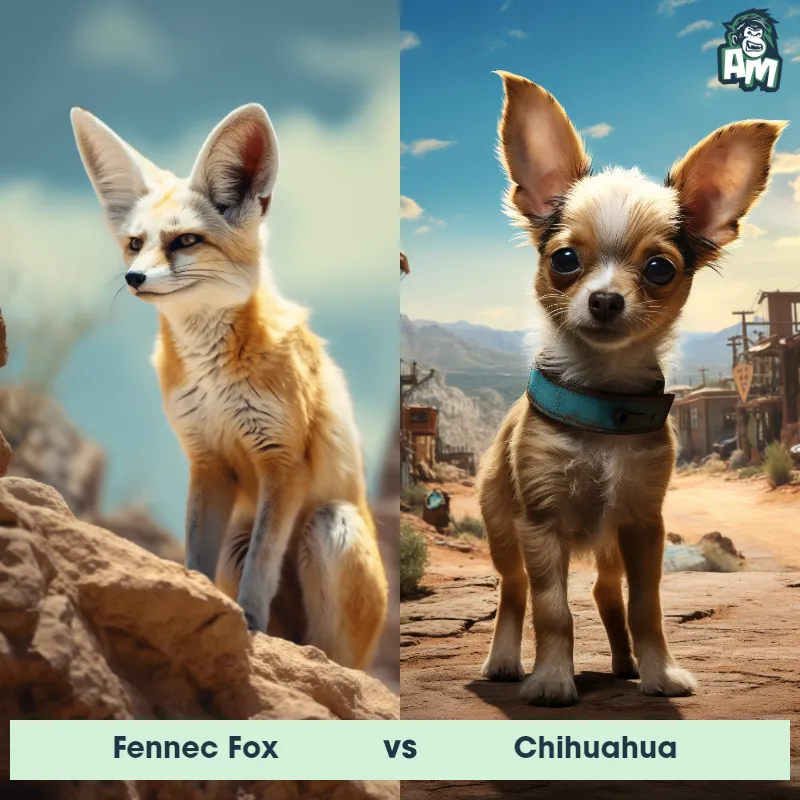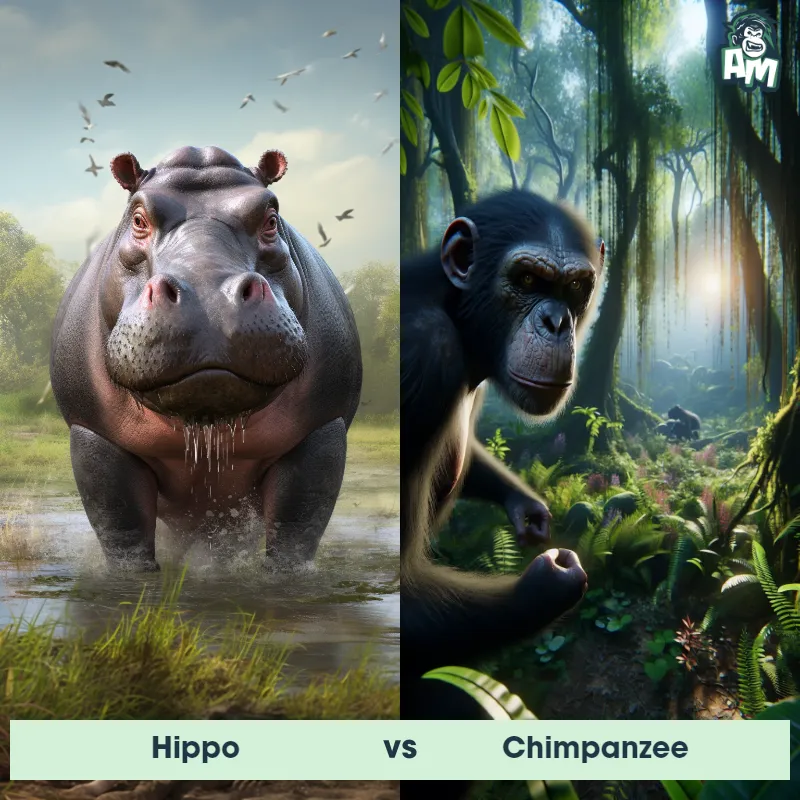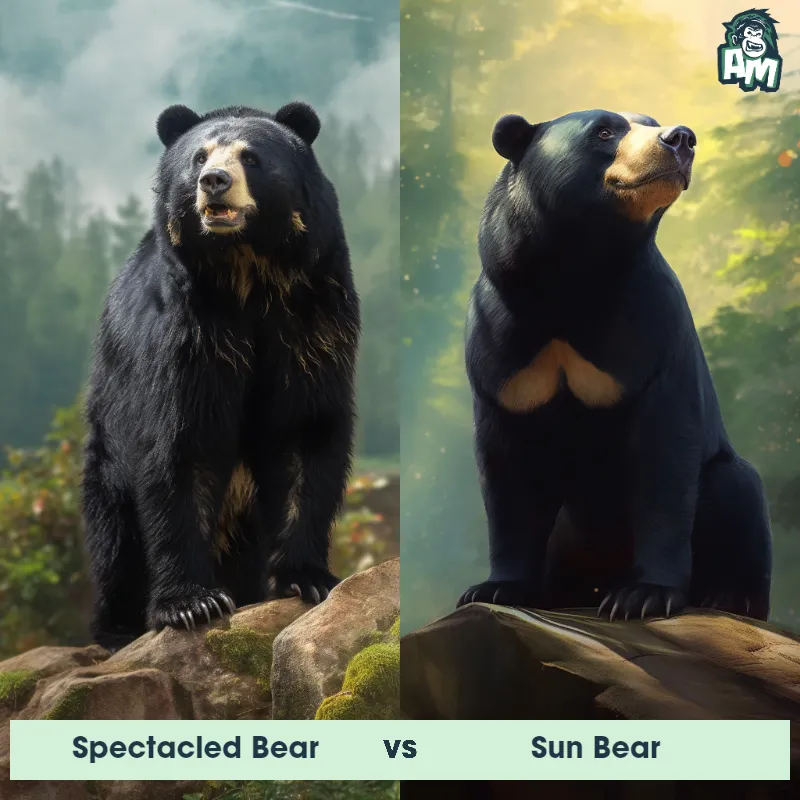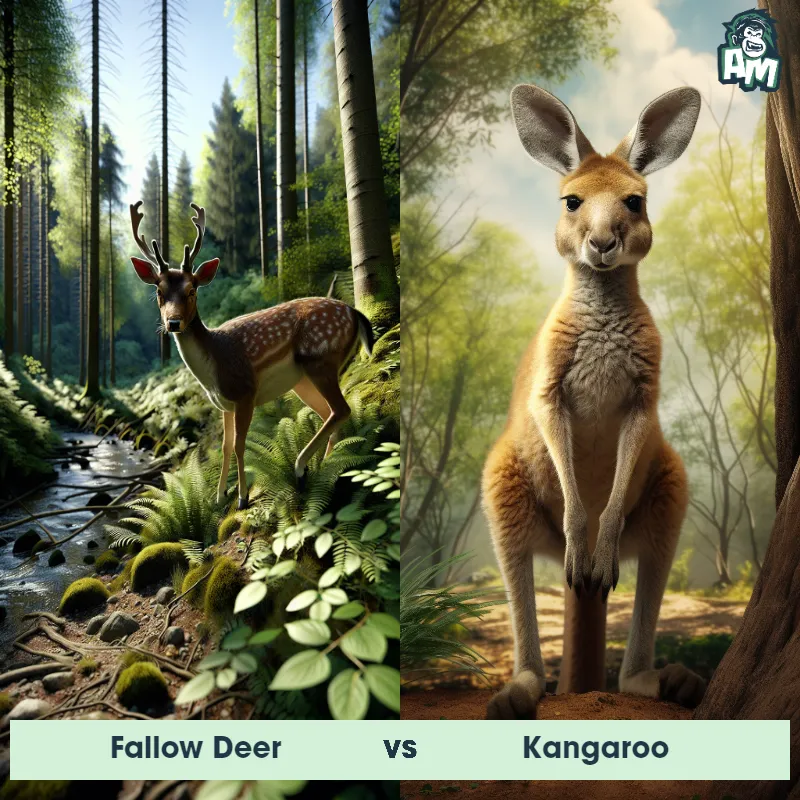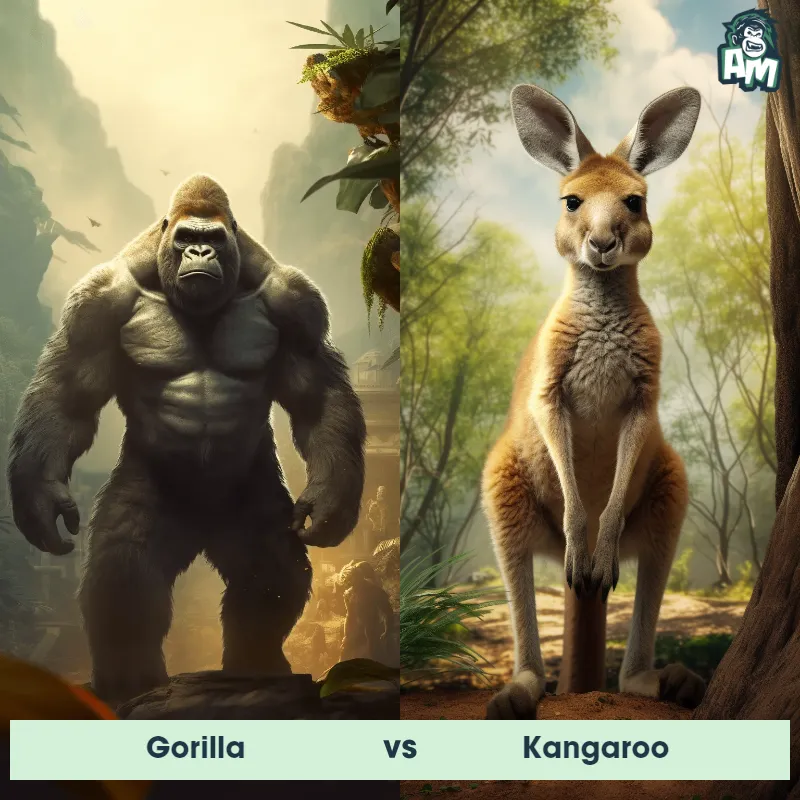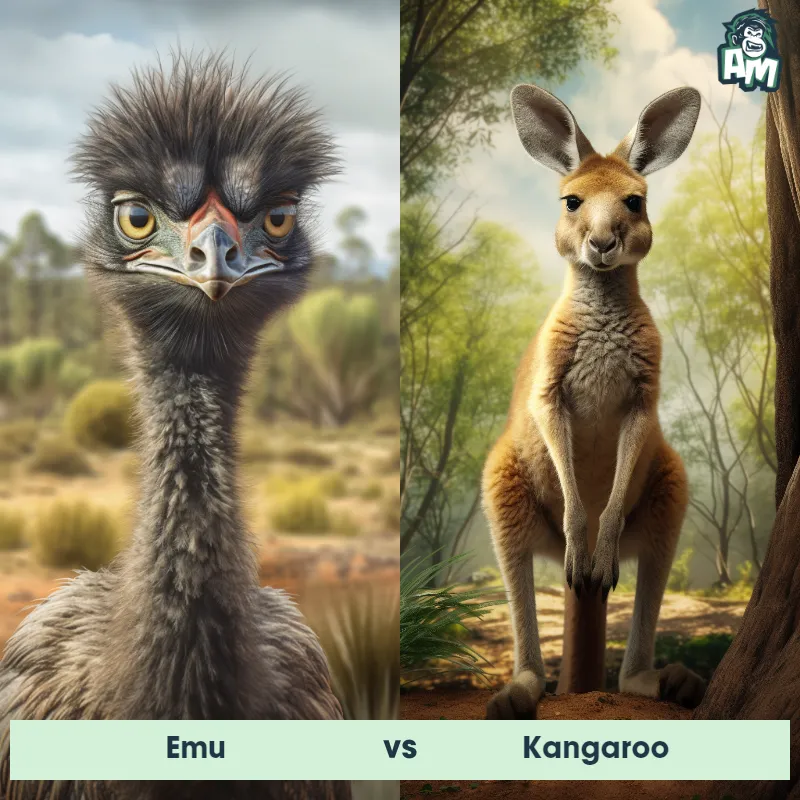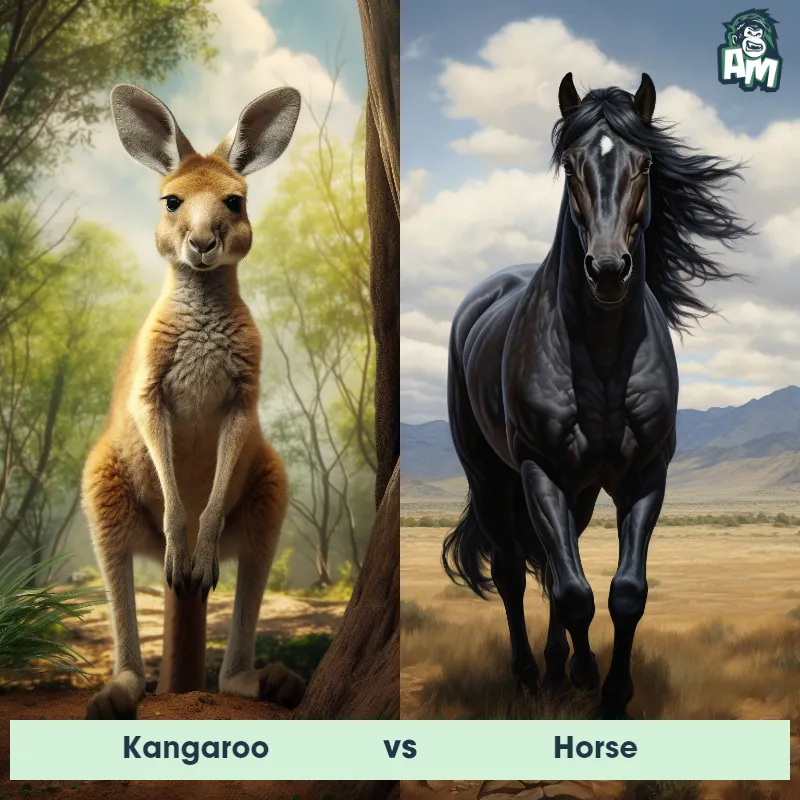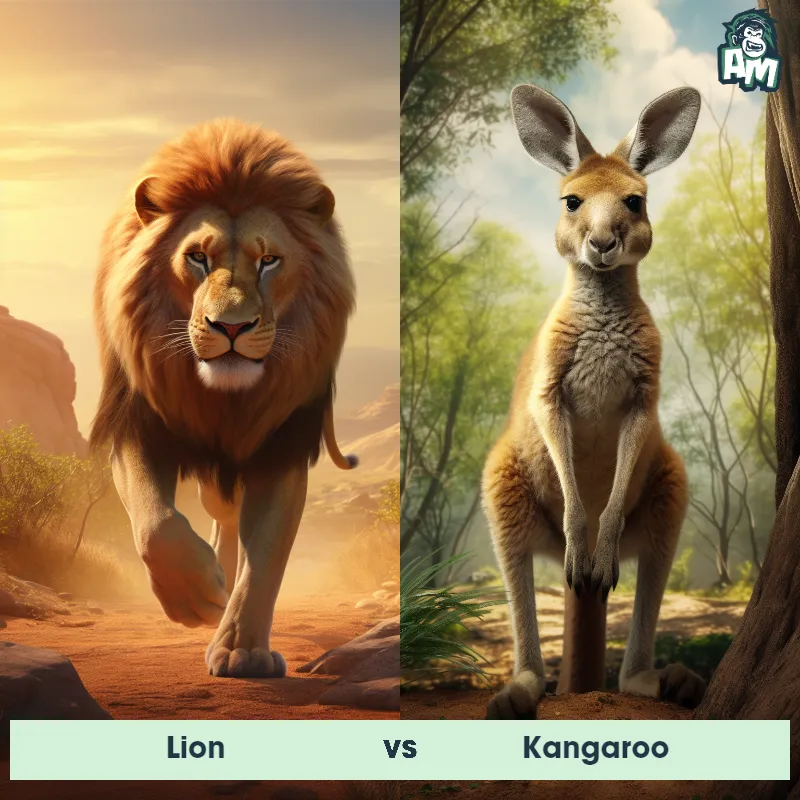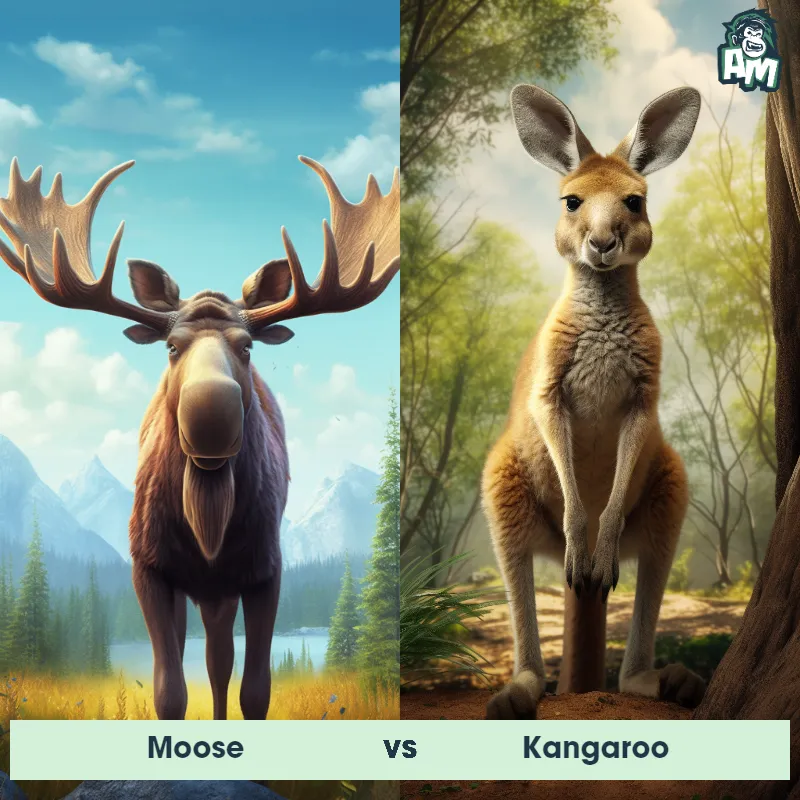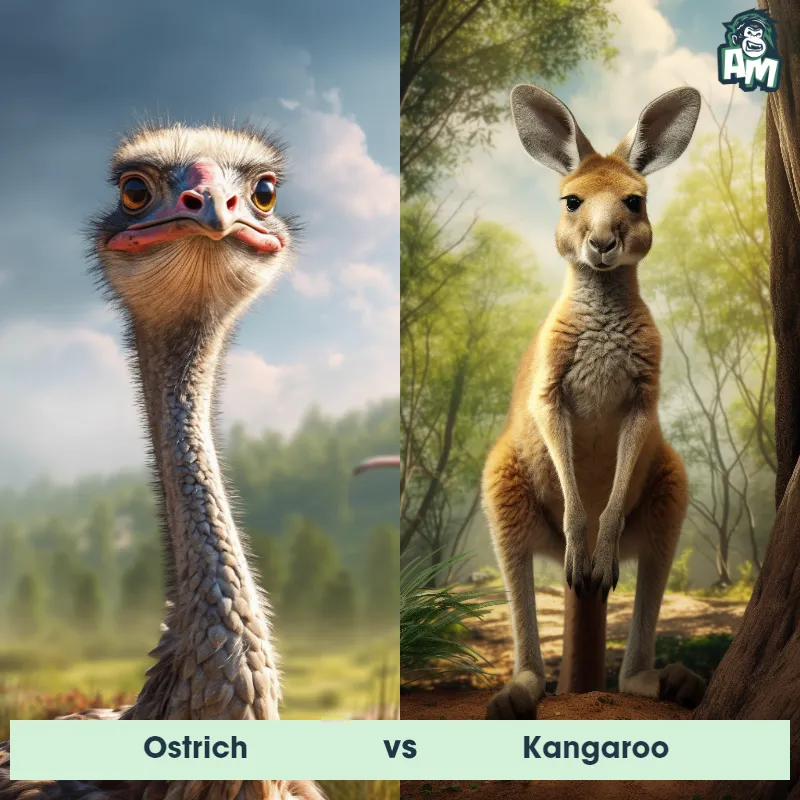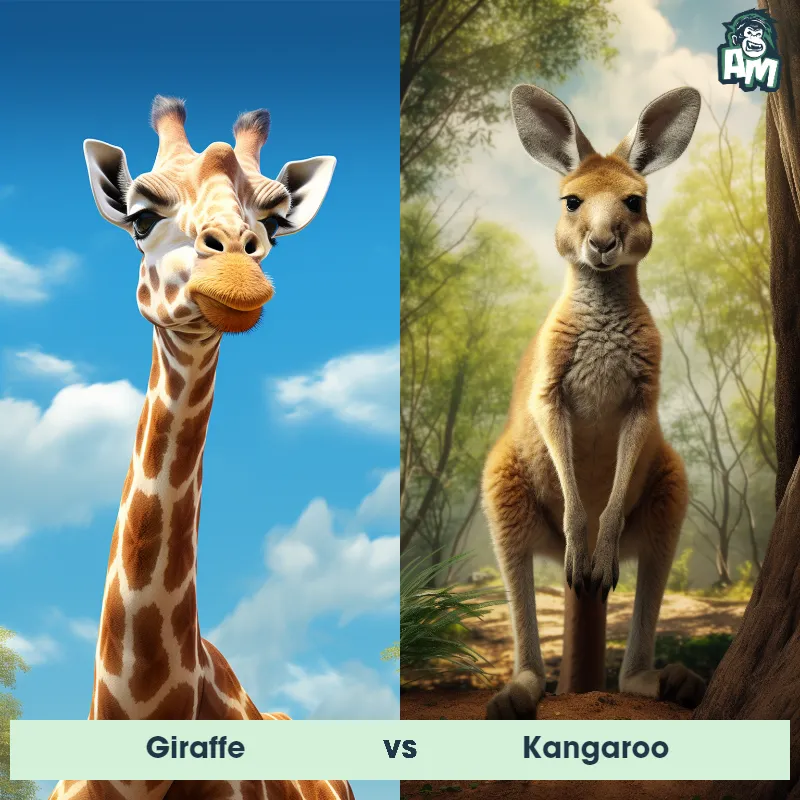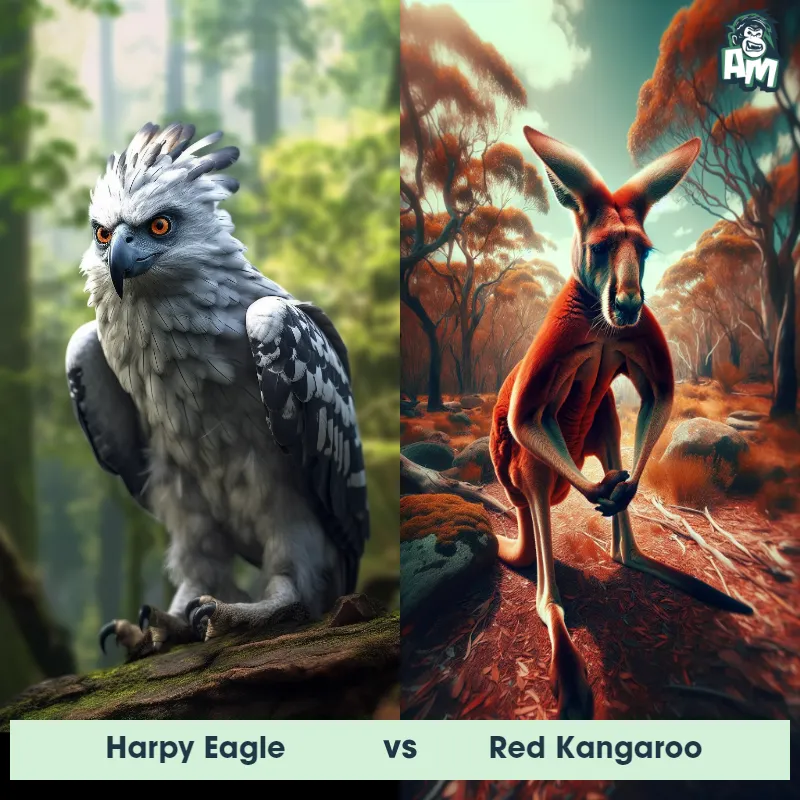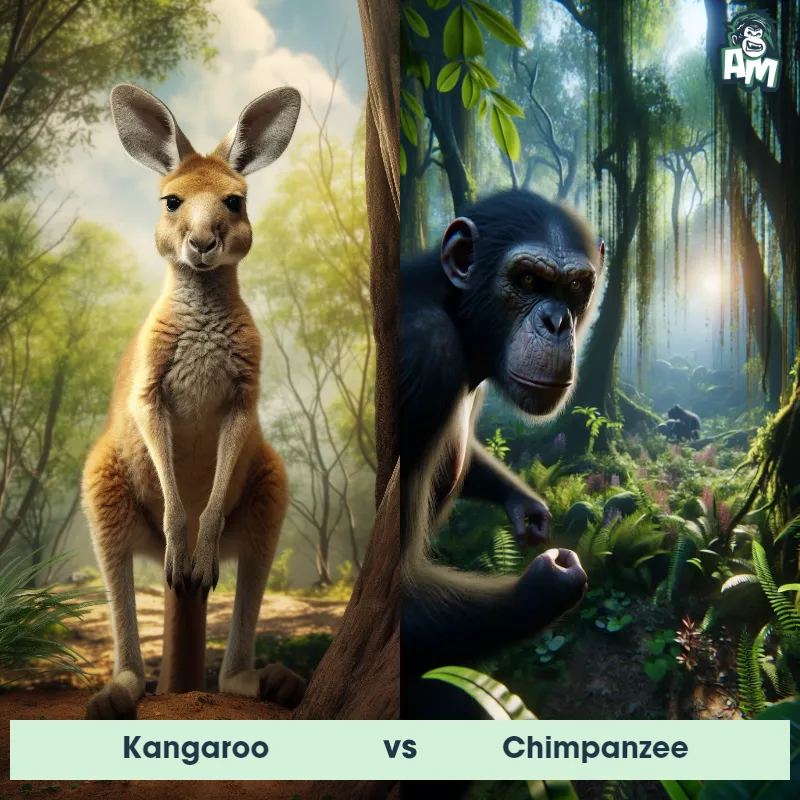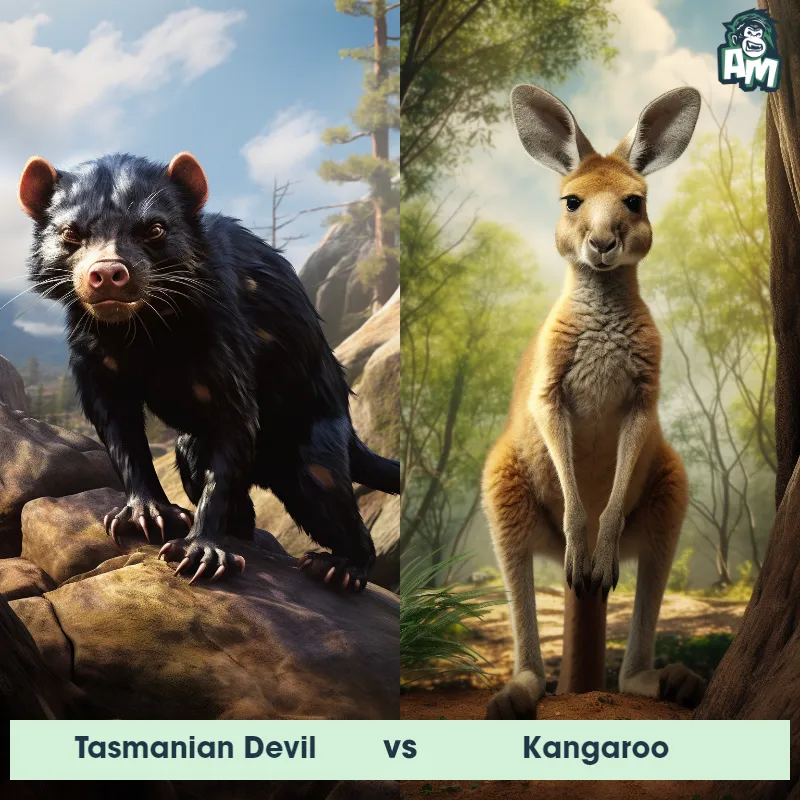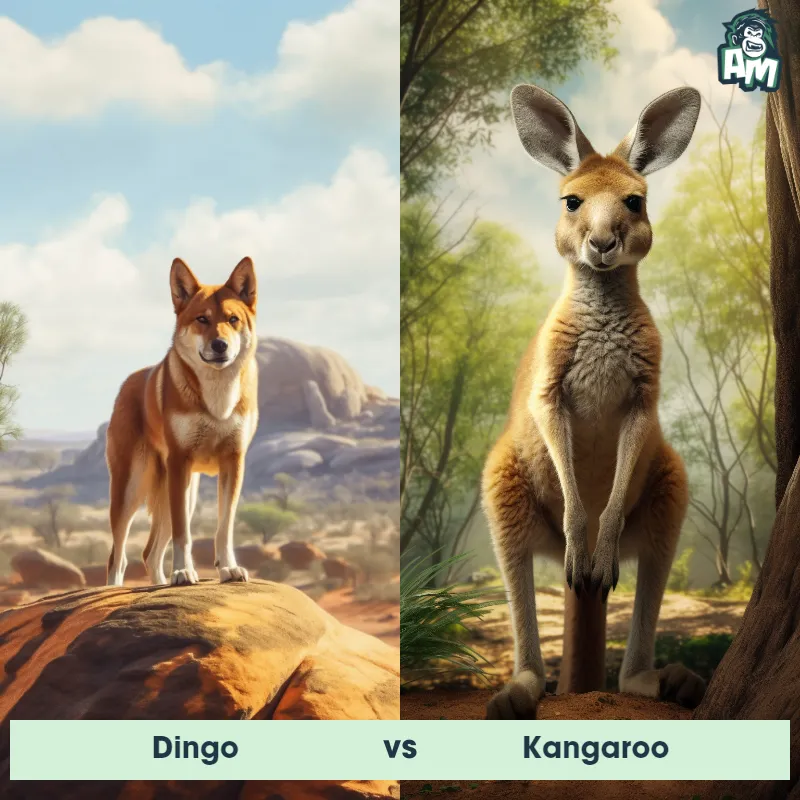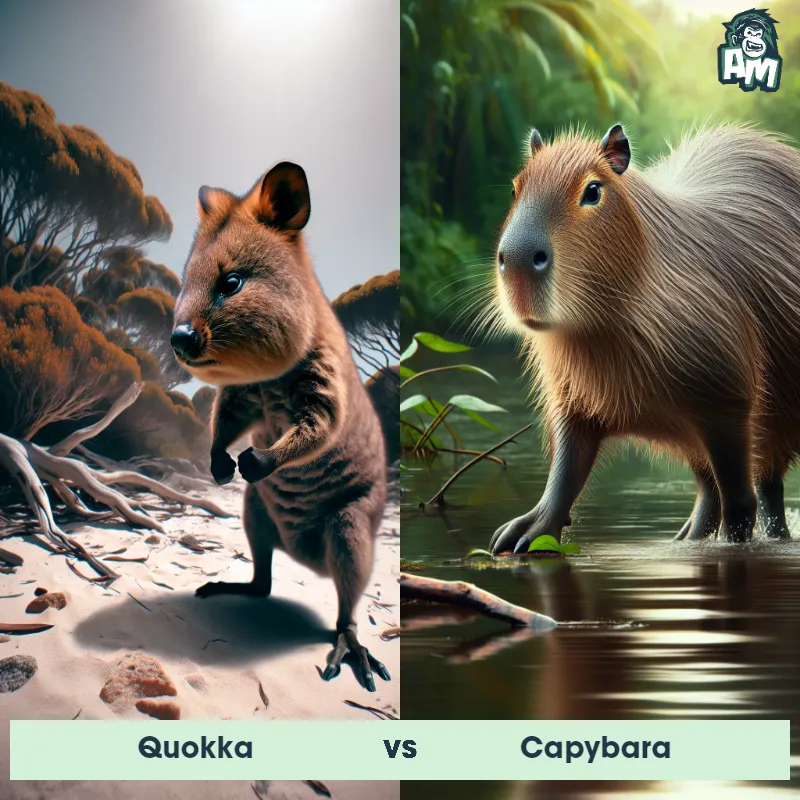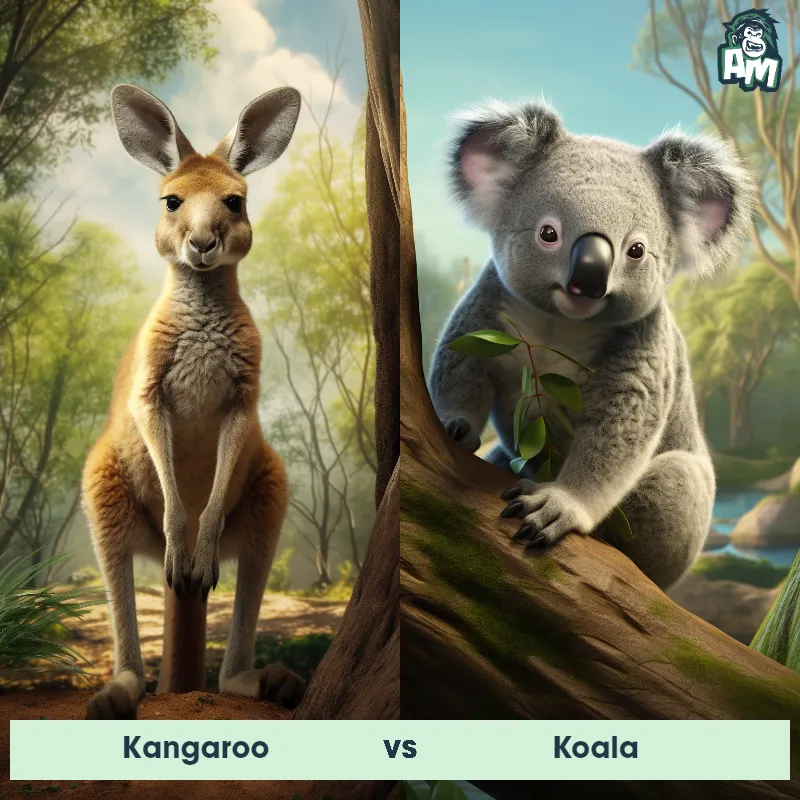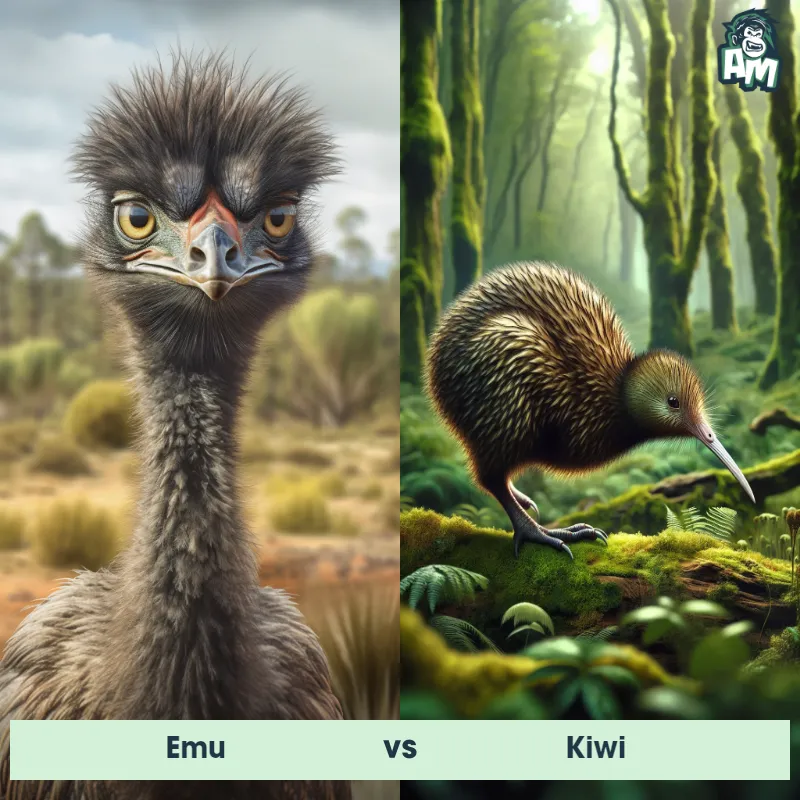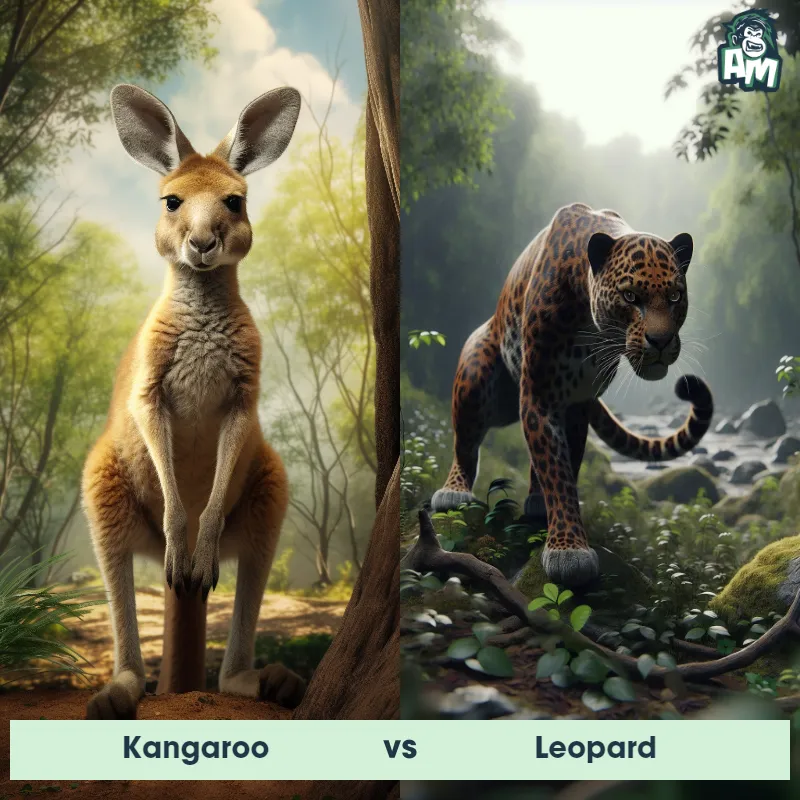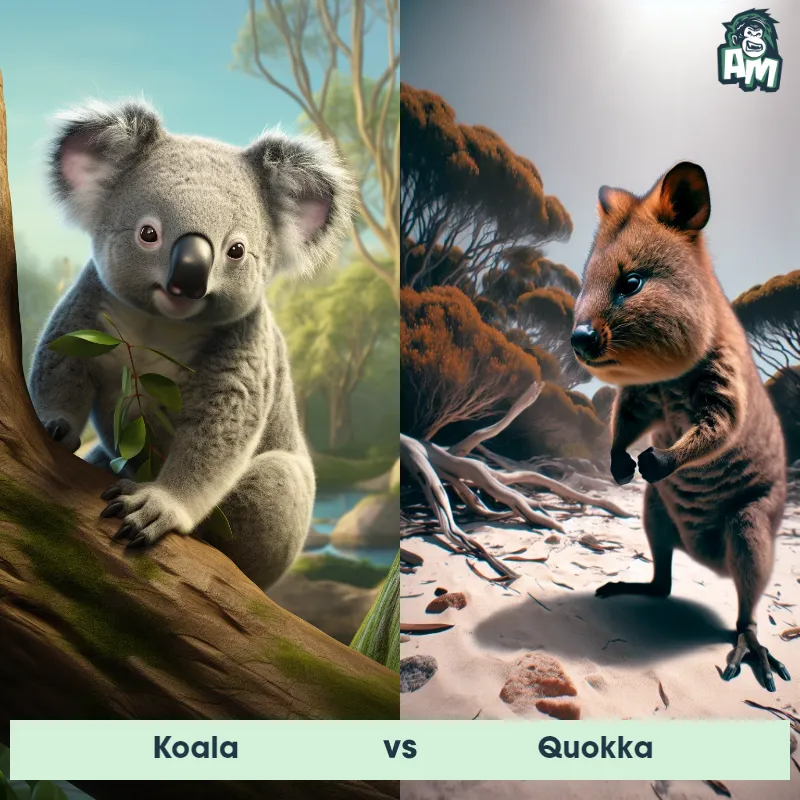Kangaroo vs KiwiSee Who Wins

Ladies and gentlemen, welcome to another thrilling matchup here in this extraordinary setting! We have a fascinating showdown tonight between two remarkable creatures from the animal kingdom. In the red corner, we have a formidable Kangaroo, known for its powerful kicks and lightning-fast agility. And in the blue corner, we have the cunning Kiwi, famous for its nimble movements and clever defensive tactics. This promises to be an intense battle, so let's dive right into the action!
Contender 1: Kangaroo
The kangaroo is a large marsupial native to Australia, characterized by its strong hind legs, large feet, and a muscular tail used for balance. Their unique body structure allows them to hop at high speeds and leap large distances. Kangaroos have a small head, large ears, and a pouch for carrying their young, known as joeys. The color of their coat varies from grey to brown or red, depending on the species.
Fun Fact: Kangaroos are known for their unique method of locomotion; they can't walk on all four limbs, instead, they use hopping as their primary means of getting around, which allows them to cover great distances efficiently.
Contender 2: Kiwi
The Kiwi is a flightless bird native to New Zealand and is known for its unique appearance and behavior. It is about the size of a domestic chicken, with a round body covered in brown, hair-like feathers. The Kiwi has a long, thin beak that is used to probe the soil in search of insects and worms, as it is primarily a nocturnal and ground-dwelling bird. Interestingly, the Kiwi has vestigial wings that are useless for flying, but instead aid in balance and maneuvering through dense vegetation.
Fun Fact: One fascinating fact about the Kiwi is that it has nostrils located at the end of its long beak, which is unusual for a bird. This unique adaptation allows the Kiwi to have an exceptional sense of smell, helping it find food buried beneath the forest floor, even in complete darkness.
Matchup Stats
| Kangaroo | Kiwi | |
|---|---|---|
| Size | 3-8 feet tall (0.9-2.4 meters) | 14-18 inches (35-45 centimeters) |
| Weight | 40-200 pounds (18-90 kilograms) | 3-8 pounds (1.4-3.6 kilograms) |
| Speed | 44mph (70km/h) | 2mph (3.2km/h) |
| Key Strength | Powerful hind legs and strong tail for balance and kicking | Strong legs and sharp claws |
| Biggest Weakness | Limited mobility when not hopping | Inability to fly |
Current Votes
Kangaroo vs Kiwi
See Who Wins
View More Matches
Looking For More?
Similar Matches
Scientific Stats
| Kangaroo | Kiwi | |
|---|---|---|
| Scientific Name | Macropus | Apteryx |
| Family | Macropodidae | Apterygidae |
| Habitat | Grasslands, forests, deserts, and suburban areas | Forests, grasslands, and shrublands |
| Geography | Australia and New Guinea | New Zealand |
| Diet | Herbivore, primarily grasses and shrubs | Insects, worms, fruits, seeds |
| Lifespan | 6 years - 8 years | 15 years - 25 years |
Key Differences between Kangaroo and Kiwi
- Beak: Kangaroos have a snout-like nose with nostrils at the end, while Kiwis have long, thin beaks that curve slightly downward, adapted for probing the ground for food.
- Body Shape: Kangaroos have a distinct, muscular build with a prominent chest and shoulders, designed for hopping, whereas Kiwis have a round, tubular body shape with a small head and no neck, allowing them to easily burrow into the ground.
- Size: Kangaroos are significantly larger, with adults reaching heights of up to 6 feet and weighing over 200 pounds, while Kiwis are much smaller, measuring only about 12-24 inches in height and weighing around 5-9 pounds.
- Anatomy: Kangaroos have powerful hind legs and long tails that aid in hopping, while Kiwis have short, stout legs and lack a visible tail, adapting for their ground-dwelling lifestyle.
- Ears: Kangaroos have large, upright ears located on the sides of their head, while Kiwis have small, round ears that are often covered by their feathers and are not easily visible.
- Fur: Kangaroos have thick fur, usually in shades of brown or gray, which can vary depending on the species, while Kiwis have coarse, hair-like feathers that are usually a dark shade of brown, sometimes with lighter streaks.





